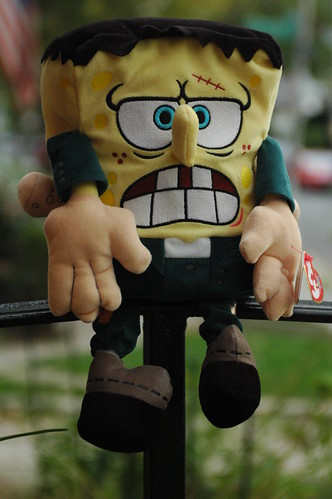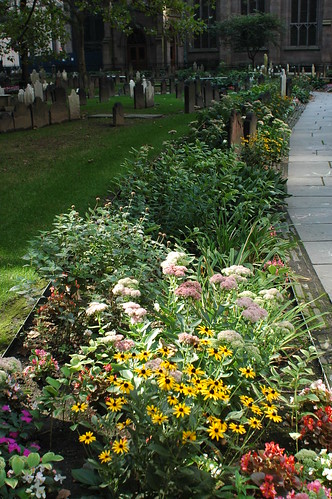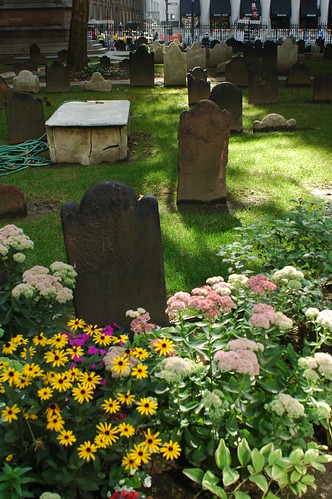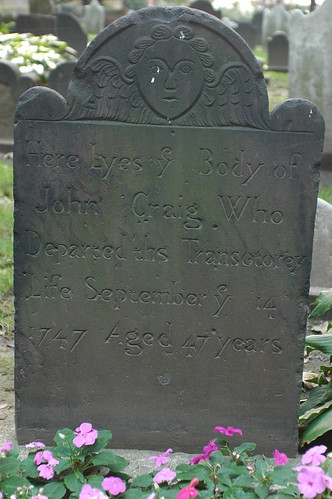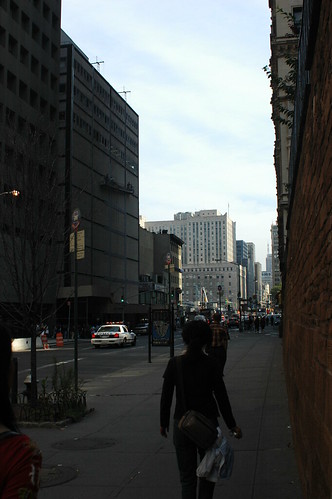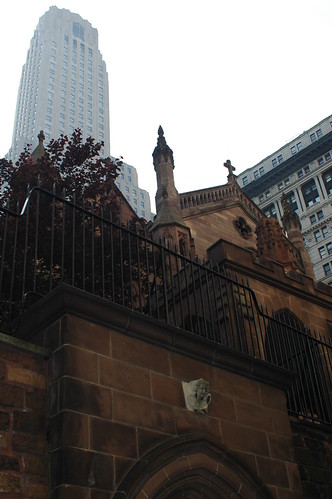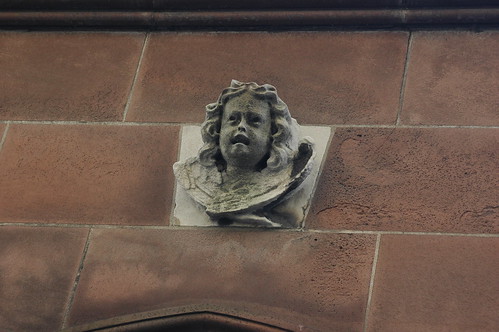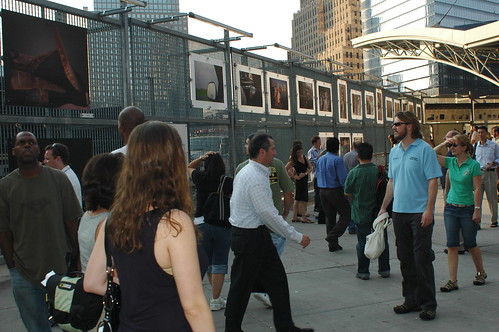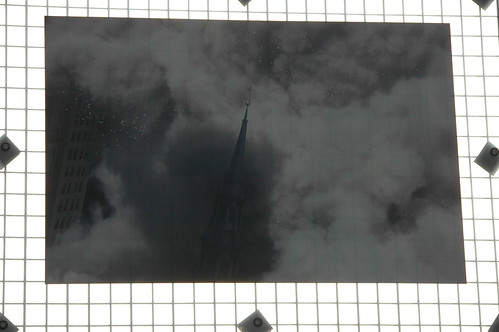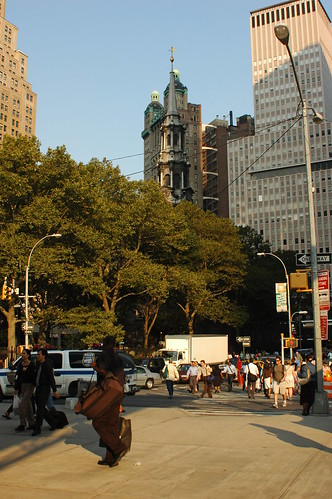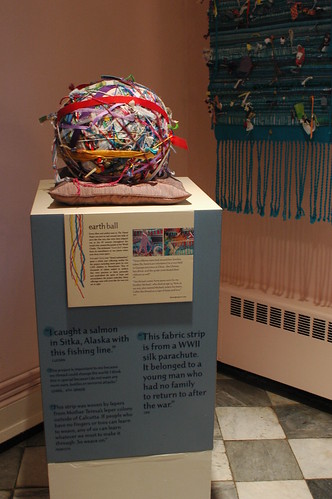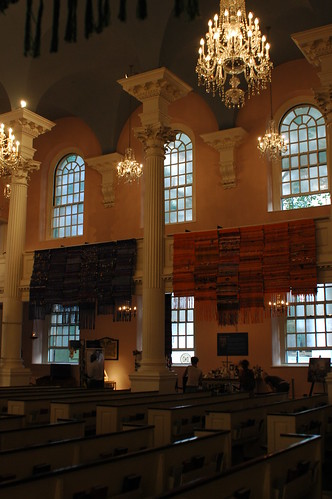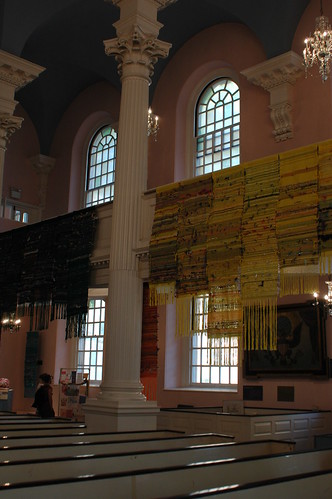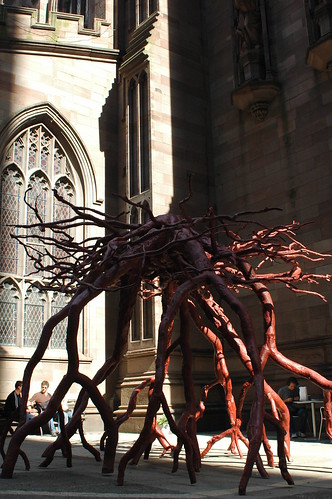This morning, I accidentally (subconsciously) got on the wrong train this morning to work. This route brings me to Trinity Church and its cemetery. It also takes me past Liberty Plaza, reconstructed since the 9/11 attacks, and across the street from Ground Zero. Earlier this week, on October 27, the Office of NYC Mayor Mike Bloomberg announced that NYC will expand the search for human remains in and around Ground Zero, the former site of the World Trade Center in downtown Manhattan.
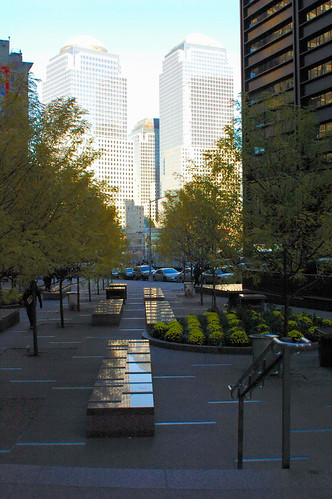 Liberty Plaza, looking northwest from Broadway toward Ground Zero. 1 Liberty Plaza is the building on the right. The Service Road, where human remains were recently found, runs in front of the World Financial Center buildings, visible in the background.
Liberty Plaza, looking northwest from Broadway toward Ground Zero. 1 Liberty Plaza is the building on the right. The Service Road, where human remains were recently found, runs in front of the World Financial Center buildings, visible in the background.
 Liberty Plaza, looking west from Broadway. The Deutsche Bank building, where human remains were recently found, is the tall building with the scaffolding. Liberty Street runs to its right.
Liberty Plaza, looking west from Broadway. The Deutsche Bank building, where human remains were recently found, is the tall building with the scaffolding. Liberty Street runs to its right.
The New York Times also noted yesterday that the remains of three more victims had just been identified, including the head flight attendant and a passenger on the plane which struck the north tower. With these, remains of 1,601 of 2,749 victims have been identified. That means 1,148 are yet to be.
Three of the sites to be searched are visible in the photos above:
7. 1 LIBERTY PLAZA [Building at right of first photo]
The rooftop of this 53-story building will also be searched, for the same reason.
8. LIBERTY STREET [The street running to the right of both photos]
Exploratory excavations are planned between West and Greenwich Streets, in parts of Liberty that were never fully rebuilt. There may be a layer of trade center material under the temporary asphalt surface.
9. FORMER DEUTSCHE BANK BUILDING [The tall building in the second photo]
Since September 2005, some 760 human remains, mostly small bone fragments, have been found on the rooftop and upper floors of this 41-story building at 130 Liberty Street, which was damaged and badly contaminated on 9/11. It is eventually to be demolished.
– Where the City Will Search for Remains From Sept. 11, New York Times, November 2, 2006
The numbers are keyed to an excellent map the Times put together, showing all the locations where searches will be concentrated. There are 12 of them, covering several acres.
I worked downtown then, as I still do. I remember how – quickly in retrospect, achingly slowly at the time – the news went from rescue to recovery. When I heard that relatives were being asked for toothbrushes, combs and hairbrushes, anything from which DNA samples could be taken for identification, my heart sank. I knew what that meant. They weren’t finding bodies. They were finding “remains”: the fragments, shreds, traces and dust that once were people.
In the weeks and months that followed, I saw the grim grey goo which covered everything and ran in the streets and gutters, smelled the sharp acrid ozone smoke when the wind blew the wrong way. I regarded these then as remains, for that’s what they were: all that remained.
I remember too how quickly I angered when someone, a friend, referred to the “tragedy.” “Tragedy?!” I bellowed. “It was an atrocity.” She nodded, in acceptance, and asked why. I paused to find the words and replied, “People did this.”
People did this in the name of their gods, as the greatest atrocities have always been committed. As they continue to be committed today.

